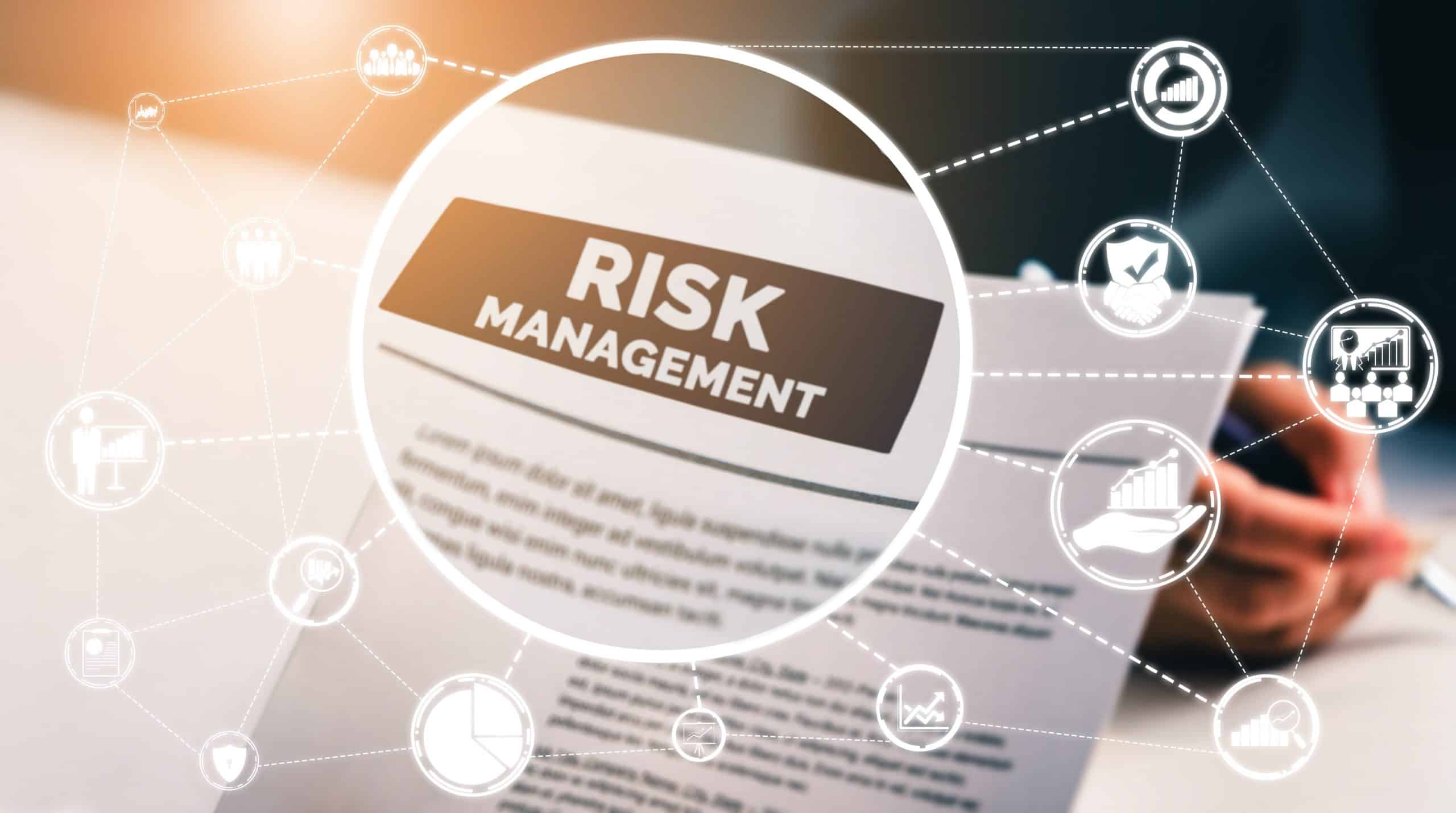Retailers need to take precautions to protect themselves from risks. A risk management plan is your first line of defense against robbery, cybersecurity breaches, and costly liability lawsuits. Here are some of the top risk management tips for retailers.
- Theft
Theft is one of the issues that retailers should seek to address in their risk management plans. According to a Calgary police study, retail crime costs Canadians more than $4.6 billion annually. These statistics also state that the money acquired from items stolen from stores is used to fund criminal activities like drugs and guns.
This report shows the threat that theft poses to many retailers. One of the first things you need to do to prevent theft is to review your store’s layout and make adjustments to make it more difficult to steal items. For example, you can create more lighting and store expensive items near the checkout.
You can also maintain electronic tags for all merchandise so you can track non-purchased items that pass through your front door. Also, make sure you install security cameras. These cameras will help you monitor every inch of the store.
- Cyber Security Threats
Another common risk for retailers is cybercrime. Many retail stores have gone digital, and many transactions are somehow connected to the internet. It's, therefore, essential to identify cybersecurity threats and create a response and remediation plan.
Determine whether your store’s cameras are connected to the internet. Also, determine whether you are using “Internet of Things” (IoT) devices. Many IoT devices connect through Bluetooth. Unencrypted connections give cybercriminals the chance to access your systems or data.
The next step is to analyze your risk. Devices and data that have a high risk of a cyber-attack require great security measures. When you find ways of securing devices and information, you need to monitor your controls to determine their effectiveness. It's also recommended that you continually change your controls since cybercriminals often change their offense strategies.
Finally, you need to have a response and remediation plan. What do you do when an intruder gets into your system and causes damage? You need to have a plan to recover from an attack and remediate your business.
- Document Everything
It's common for retailers to deal with third-party liability claims. These claims can easily bankrupt your business. Therefore, it's important to brace yourself for such attacks.
Make sure you document all your policies and procedures. This proof will come in handy when proving your case. For example, if you monitor your workplace environment on an hourly basis to look out for tripping hazards, you should have this documented in an inspection log.
If you've certain policies regarding customer service, have these documented in an incident report. All these measures will help prove your commitment to customer safety when you're facing a liability lawsuit.
- Rank Your Risks
It's difficult to deal with all risks simultaneously. To ensure your efforts are directed towards the most possible threats, you need to rank your risks. Risks should be ranked in terms of severity and frequency.
This analysis will help you determine the most likely risks and those that will have the greatest impact on the organization. These are the risks that your team should be fully committed to. You can then allocate a large workforce towards these high-risk areas while maintaining a small crew to address the low-risk areas.
- Protect Your Brand
Social media is a critical tool for retailers. You can use social media to communicate with consumers, but this also allows consumers to rate your services. You need to use social media to protect your brand and reputation.
Your employees should be educated on your company’s social media policy. This will help them when communicating with customers. Additionally, it will help your employees respond to complaints and negative feedback. Social media is a powerful risk management tool that can help you recover from a setback and clarify your company’s policies and goals. Any message that a customer receives should be consistent across your organization.
- Take Insurance
While you can take all the precautions to protect your brand, you need to accept the fact that sometimes you might be required to settle claims. As a retailer owner, it's important to take liability insurance. This will protect you from having to pay for costs from your own pocket.
When taking insurance, you need to analyze your potential risks and take a policy equivalent to those risks. Insurance helps you guard yourself against unfavorable outcomes like when a worker is injured or when a client sues you. Talk to a reputable and experienced insurance provider for advice on the best insurance for your retail business.
In Conclusion
As a retail owner, your focus should not only be on making huge profits. Business is based on risks, and the higher the risk, the higher the reward. Therefore, you need to have a risk management plan in place to ensure that your business remains afloat even in the worst-case scenario.
